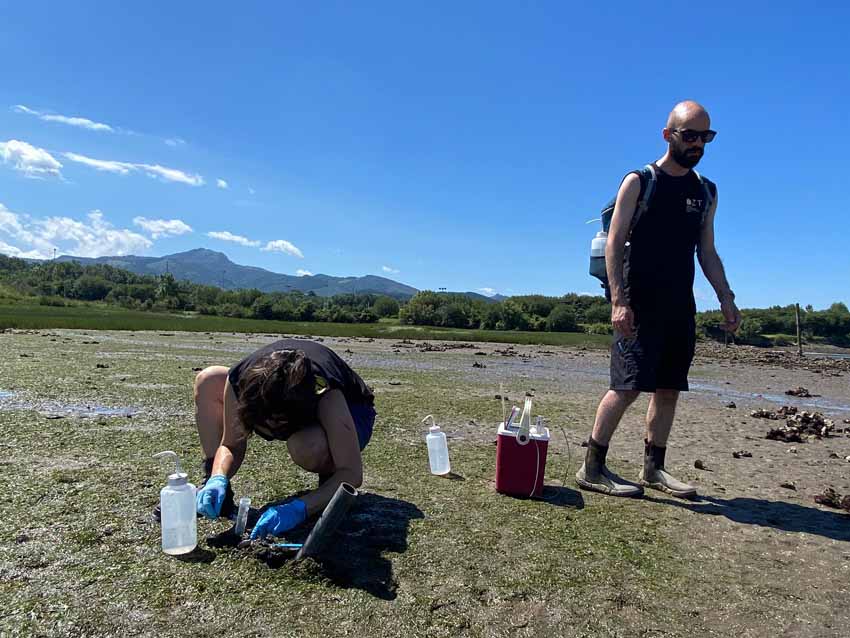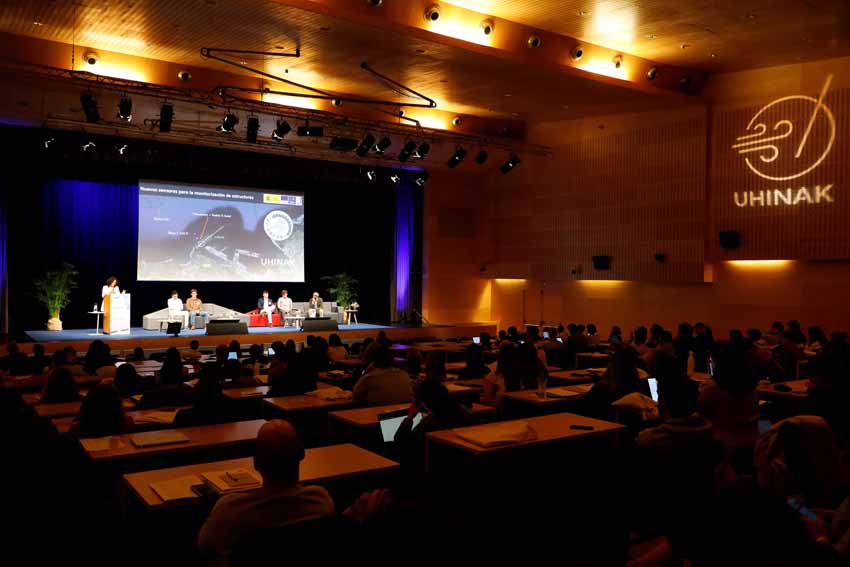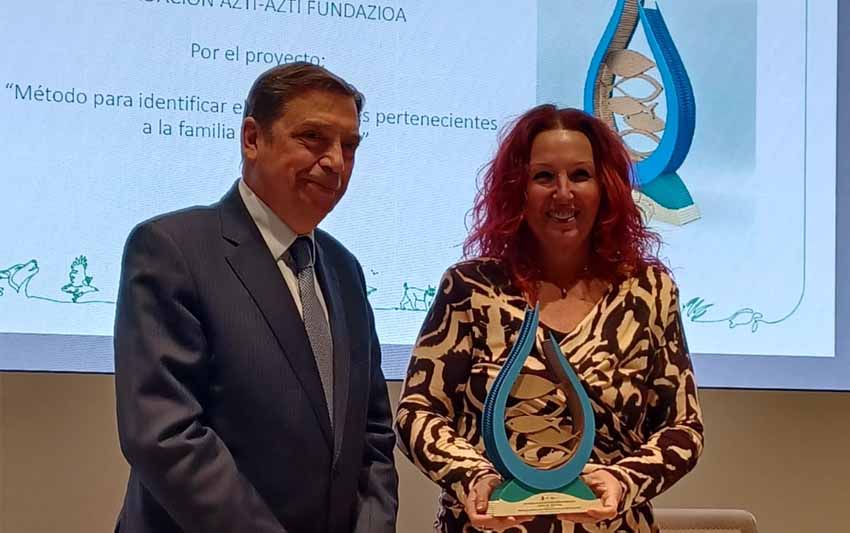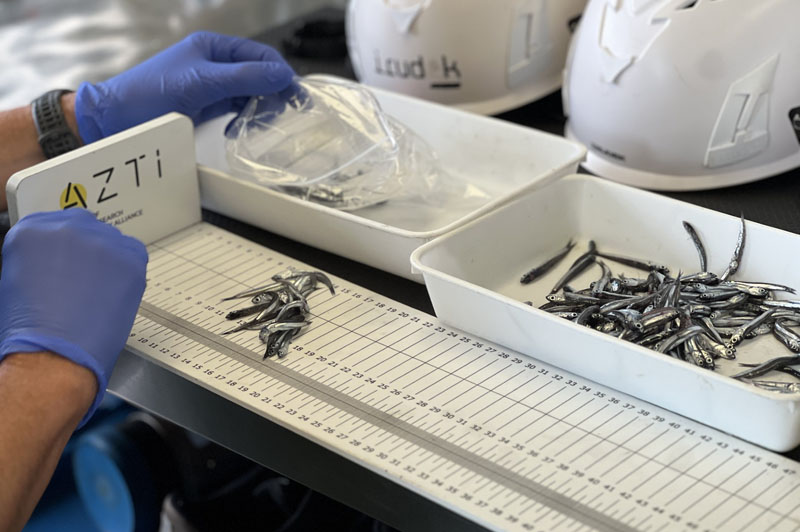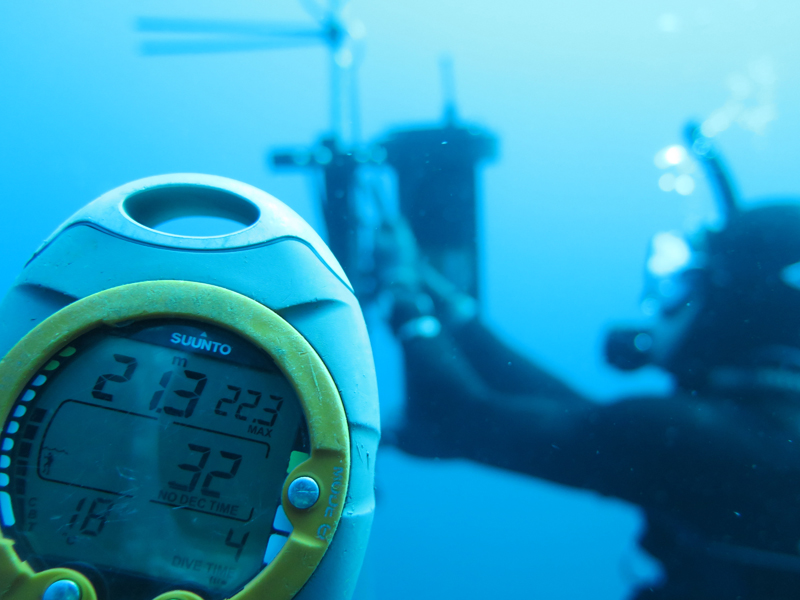Comprehensive global analysis shows a warmer ocean will hold lower animal abundance
Últimas noticias
A pioneering genetic catalogue reveals hidden biodiversity in Basque estuary sediments
Uhinak Technical Committee Sets the Key Points for the 7th International Congress on Climate Change and the Coast
“We fishermen are the ones who earn the least”
Climate change will affect the distribution and abundance of marine life, but the full extent of these changes under future warming has been difficult to predict due to the limitations of individual ecosystem models used for such forecasts. However, by combining such models, a more complete picture can emerge.
Reporting in the Proceedings of the National Academy of Sciences on Tuesday, June 11, an international group of 35 researchers from 12 countries and 4 continents presents a comprehensive global-ocean assessment of climate change by using a combination of multiple climate and ecosystem models. This model ‘ensemble’ reveals that global marine animal biomass – the total weight of marine animals such as fish, invertebrates and marine mammals in the ocean – will decline under all emission scenarios, driven largely by increasing temperature and decreasing primary production. The extent of projected losses can be constrained by emission reductions, with only a 5% decline under a strong mitigation scenario, but 17% under business-as-usual emissions by the end of the 21st century. Notably, the magnitude of this climate change effect was similar in an ocean with and without fishing pressure.
“Reduction of greenhouse gas emissions will undoubtedly help to safeguard marine life as much as possible against further losses” says Lead Author Heike Lotze from Dalhousie University in Halifax, Canada.
The analysis also suggested that climate-change impacts may be more severe at higher food-web levels, meaning that fish and marine mammals may suffer more severe declines compared to phytoplankton. This process is called ‘trophic amplification’ and describes the particular vulnerability of animals such as large fish at the higher ends of marine food chains.
“Our findings suggest that larger marine animals, many of which are already of conservation concern, could show a particular vulnerability to climate-driven declines, with a domino effect from phytoplankton up the food chain” adds co-author Derek Tittensor of the UN Environment World Conservation Monitoring Centre in Cambridge, UK.
Mapping the projected changes in the global ocean (see Figure below) revealed that biomass will decline in many temperate to tropical ocean regions where people are highly dependent on seafood supply and where marine biodiversity is already affected by cumulative human impacts. Here, climate change is creating another layer of stress onto marine ecosystems and human societies alike. In contrast, many polar regions around the Arctic and Antarctica could show biomass increases which may provide new opportunities for marine resource use but also challenges to marine management and conservation.
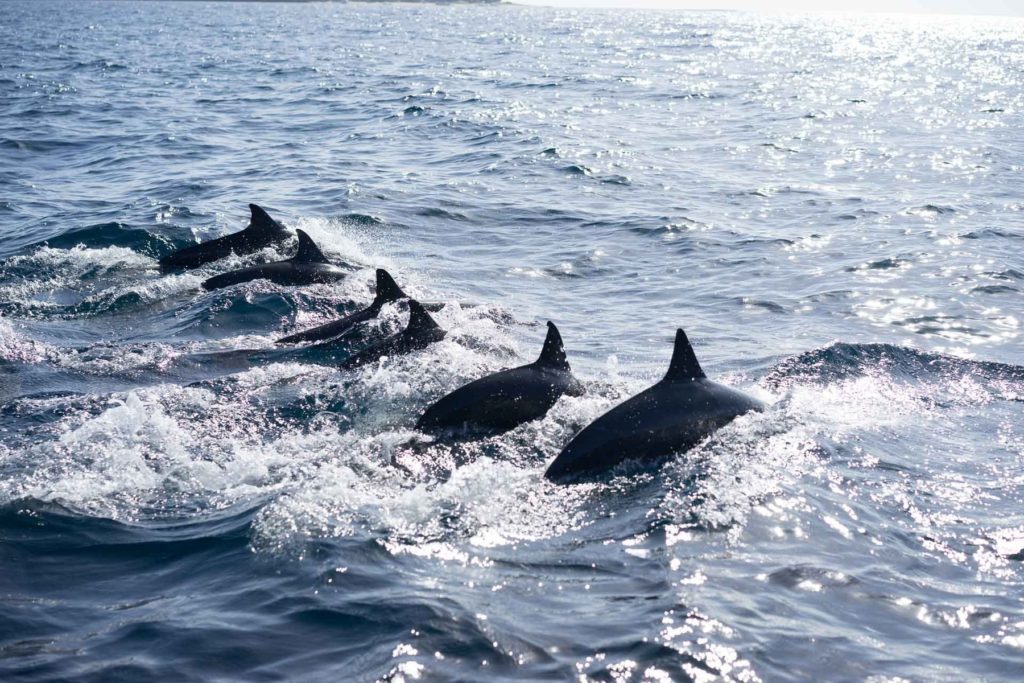
“The fact that the estimated climate-change impacts are independent of fishing provides an added incentive to develop sustainable and adaptive fishing, responsive to climate change, which we need to feed a world of 9 billion humans” says co-author Manuel Barange, Director of Fisheries and Aquaculture at the Food and Agriculture Organisation (FAO) in Rome, Italy.
“The synthesis of results from all the state-of-the-art analytical tools provide the important conclusion that climate change is impacting marine biota across the global ocean. The findings reiterate the need for strong mitigation of greenhouse gas emission in order to limit such impacts” says co-author William Cheung from the Institute for the Oceans and Fisheries at the University of British Columbia and a Coordinating Lead Author for the IPCC Special Report for the Oceans and Cryosphere in the Changing Climate.
“We know that food production on land is increasingly put at risk by climate change impacts, such as extreme heat and drought. This study adds another disconcerting chapter to the global warming story, by confirming that human-made climate change endangers food resources in the oceans, too. In 2015, all nations agreed upon the Sustainable Development Goals. One of them is to achieve zero hunger by 2030. Our research shows that this will require not only a much more careful management of natural resources, but also rapid reductions in global greenhouse gas emissions” adds co-author Jacob Schewe from the Potsdam Institute for Climate Impact Research in Potsdam, Germany.
“These kinds of findings can bring uncertainty and anxiety. However, it is always better to be prepared and there is hope. By being smart about using such information we can still have sustainable fisheries now and into the future” says co-author Beth Fulton based at CSIRO in Hobart, Tasmania.
These results provide the most comprehensive outlook on potential climate-driven ecological changes in the ocean to date and can help anticipate changes in valuable marine resources under climate change. As such, the results can inform ongoing international climate and biodiversity negotiations. The study has been compiled over the past 6 years by the international FishMIP consortium, a group of experts and modellers on marine ecosystem dynamics under climate change (see links below), in collaboration with the Inter-Sectoral Impact Model Intercomparison Project (ISIMIP).
Adds co-author Marta Coll of the Institute of Marine Science in Barcelona, Spain: “Our study represents a major undertaking, where we used for the first time a comparative and standardized approach of 6 global marine ecosystem models forced with 2 Earth-system models and 4 emission scenarios with and without fishing. Only collaborating together we could show that the uncertainties due to variations in marine ecosystem and Earth-system models were similar and that ensemble projections performed well when compared to empirical data, emphasizing the benefits of such a study to project future outcomes”.

FIGURE: Projected changes of marine animal biomass by the end of the 21st century (% increase or % decrease compared to the end of the 20th century) under two IPCC emission scenarios: RCP2.6 assumes strong mitigation, RCP8.6 assumes business-as-usual emissions.
